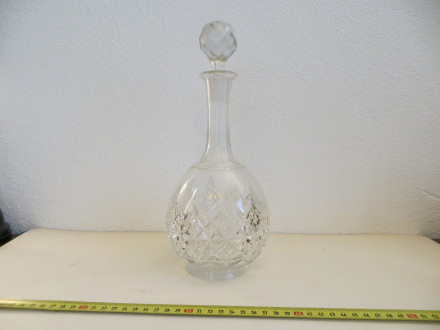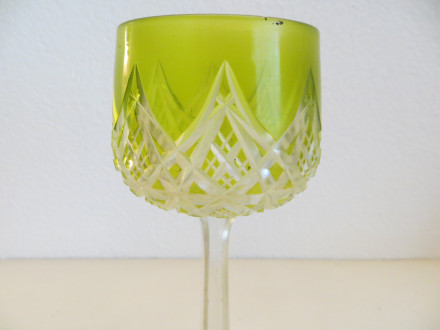History
Lost en route to Russia
The SS Kursk was built in 1881 by A/S Burmeister & Wains Maskin-og Skibsbyggeri, Copenhagen. She was a steam vessel with auxiliary sails.
The Kursk set sail at the 26th of August, 1912 from the port of Antwerp for a trip to Saint Petersburg in Russia. In the first night the ship was caught in a heavy storm and the ship went down with everyone on board, including six passengers and the Belgian pilot.
The Kursk sank about 10 miles off the coast of Zeeland (the Netherlands) near the village of Ouddorp. The sinking of the Kursk remained unnoticed until about a week later when it became clear that the pilot didn't return to his home port. On the Dutch coast near the wreck site parts of the ship, cargo and some of the people who where on board washed ashore. There were no survivors.
Cargo
The cargo was special because it contained the national gift from France to Russia commemorating of the battle of Borodino that took place in September 1811. Part of the shipment was a Bacarat crystal set intended as a personal gift for Czar Nicholas II (that would have been worth ca. 68.000 Euros today) and a large monument for the fallen soldiers. The monument consisted of 2 massive blocks of granite, weighed ca. 34.200 kilos and was eight meters tall. According to various newspaper articles, the French sculptor of the monument, a man called Paul Besenval (or possibly Besenrau, the name differs in the sources) was one of the passengers who died.
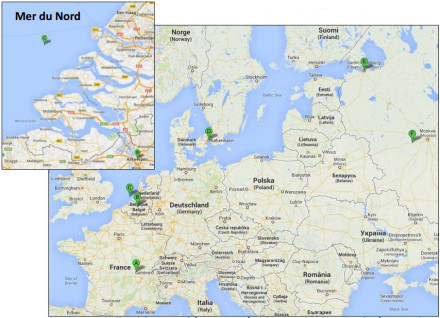
Historians argue that the statue might very well be involved in the sinking of the Kursk. They think it likely it shifted in the high seas and brought the ship out of balance. Moreover, the remembrance ceremony in Russia was held with a dummy monument made of wood.
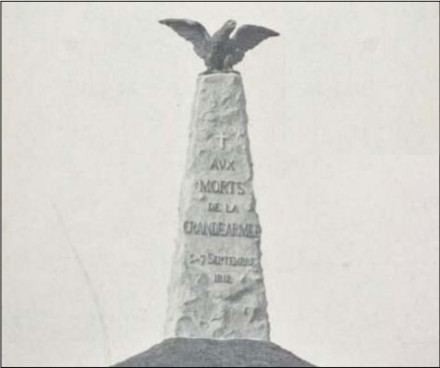
Description
Yard: A/S Burmeister & Wains Maskin-og Skibsbyggeri, Copenhagen (yard no.116).
Owner: Det Forenede Dampskibs Selskab (DFDS), Copenhagen.
Propulsion: 1 steam engine, 2 masts.
Passenger accommodation: 16 1st and 4 2nd class passengers.
Usual routes:
Copenhagen - Frederikshavn - Newcastle (until 1899).
Baltic - Copenhagen - UK / Antwerp / France / Spain / Italy.
London / Hull - Copenhagen - Libau (1899-1907).
Baltic - Copenhagen - France (1907-1912).
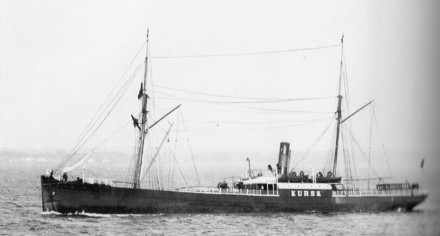
| Master | Wiencke |
|---|---|
| People on board | 20 |
| Power | 150 hp |
| Speed | 9 knots ~ 10 mph (17 km/h) |
| Length | 246 feet (75 m) |
| Width | 30 ¼ feet (9.2 m) |
| Tonnage | 1131 ton |
Status
The wreck of the Kursk has been known to divers for a long time. From 1999, divers started to find crystal there, so until its identification in 2001 it was known as the Crystal Wreck. In that year, the wreck was visited by a Dutch amateur dive team led by Cor Wauben. They managed to uncover a milk jug with the logo of the shipping company on it (DFDS), which in the end led to the identification of the wreck. The shipping company still exists and took an immediate interest in the wreck. When the find was reported to Dutch authorities, an immediate salvage ban was issued. However, during the years before and after the ban, the Kursk appears to have been damaged several times by illegal salvage actions.
